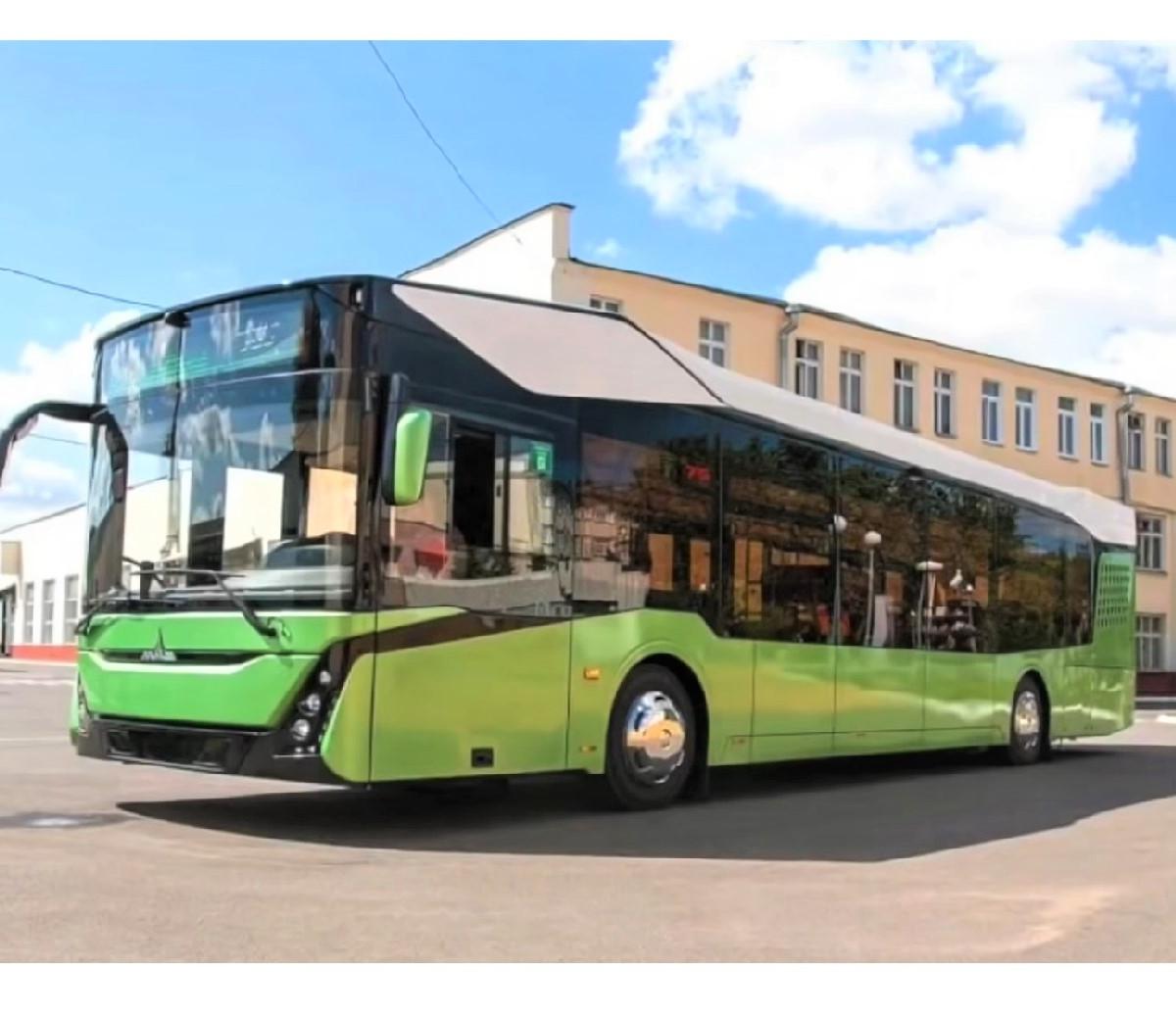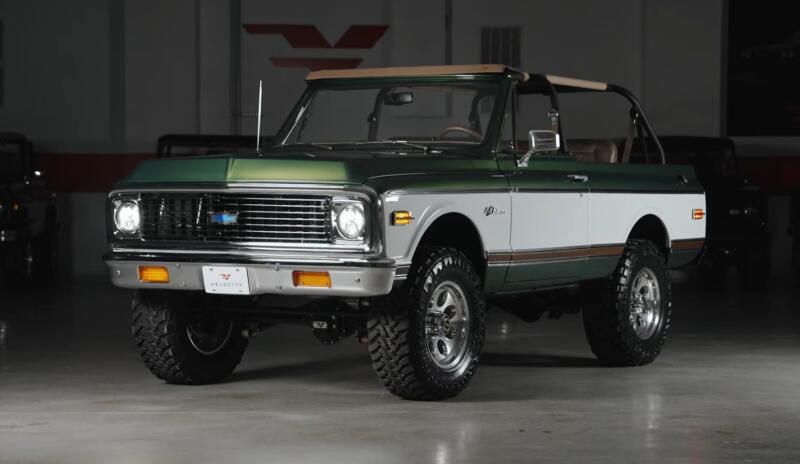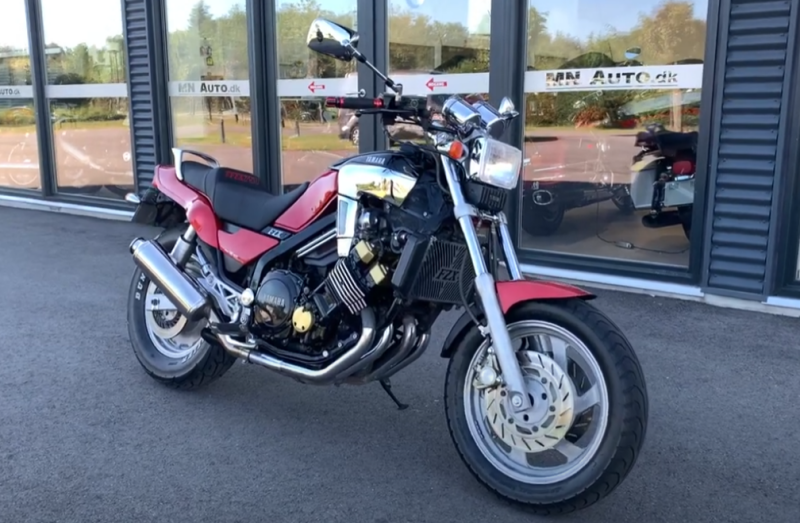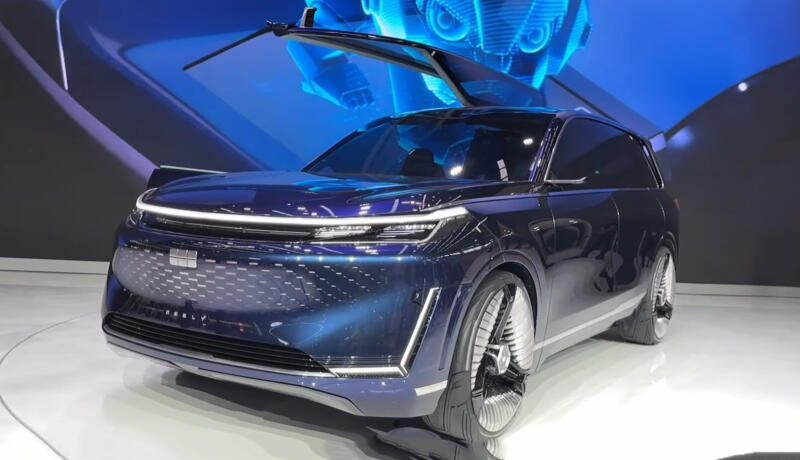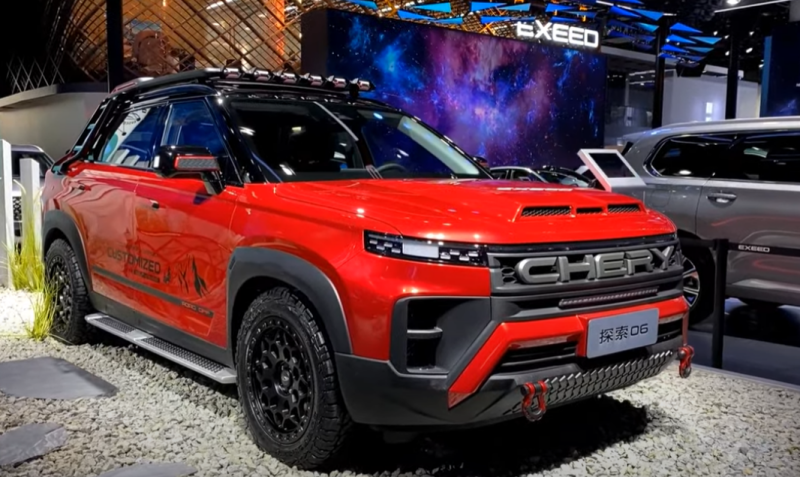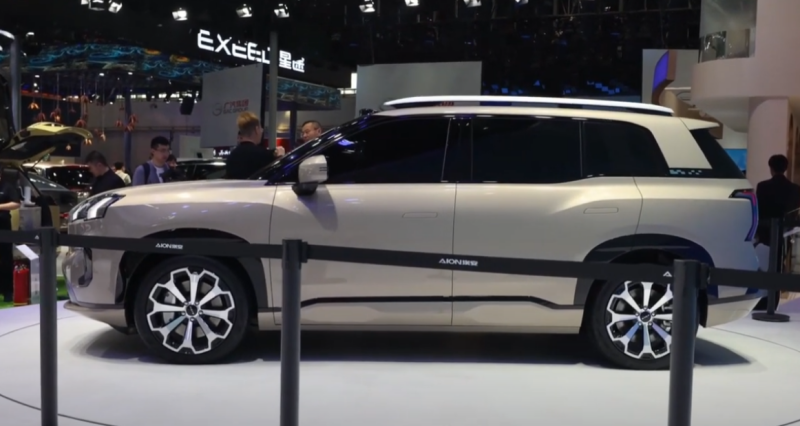With freight transport in the country it was more than excellent, but only neighboring Russia and Ukraine produced buses. Well, and small-scale production in some other former Soviet republics. In general, in the newly formed country they decided: since there are local capacities, we will arrange the production of our own buses.
 Neoplan 4014 is the progenitor of Belarusian buses.
Neoplan 4014 is the progenitor of Belarusian buses.For help, they turned to the most recognized leaders in the transport industry - the Germans. Neoplan 4014 was taken as the basis. And this is no accident. By the beginning of the 90s, the whole world realized that the city's low-floor buses were the future. In fact, such a technique only requires a smooth asphalt surface (which in all countries has become more and more). In return, it offers the passenger an order of magnitude more comfort from any, even a long trip.
First test or MAZ-101
In 1992, the Belarusians simply ordered five sets of the usual "designer" from a German company. The car kits were already assembled by Minsk specialists, so the first buses were proudly called MAZ-101. They had 24 seats, with a full load of up to 100 passengers. Soon, the sixth Minsk fleet was happy to meet the European comfort of the “local spill”. The joy was indescribable.
True, the enthusiasm did not last long. Very soon it became clear that the fragile German quality was not designed for the tough post-Soviet reality. Due to their pedantry, the Germans simply could not imagine how many passengers could actually be on the bus during rush hour. From overcrowding, the front doors and engines often broke. And the tender chassis suffered from broken roads. In general, very soon in Minsk they realized that direct plagiarism would not work here. A deep adaptation of the model to local operating conditions is required.
 MAZ-101, assembled from a German "designer".
MAZ-101, assembled from a German "designer".In just a year, the factory workers were able to modify the bus, replacing the passenger doors with more resistant ones, and most of the filling with domestic counterparts or manufactured at factories in the CIS countries. For example, three power units were used to complete the bus:
✅ Renault
✅ YaMZ
✅ MMZ
The only serious problem faced by Minsk residents is the independent production of a portal drive axle. Unfortunately, all attempts by Belarusian specialists were unsuccessful. So the understanding came that we would have to turn to the classic concept used on factory truck models. The designers resorted to changes that required raising the rear platform of the car by 8 cm in 1996. By this time, about forty units of the "one hundred and one" had left the factory gates.
The most successful Minsk project
The mentioned changes led to the fact that the manufacturers abandoned the German design of the portal bridge, replacing it with a domestic one. In fact, it was already a completely different car, both externally and internally. Therefore, the company resorted to changing the index.
The updated bus, named MAZ-103, has become the most successful in the history of the production of the Minsk bus line. He saw the light in 1996. Having a minimum of external differences from its predecessor, it turned out to be much cheaper to manufacture, since almost all nodes were produced by domestic enterprises.
In general, Minsk buses have earned the title of centenarians. For example, the first Minsk bus fleet still has nine copies of the “one hundred and first” in operation. Moreover, two of them were turned into training ones, with the installation of an additional instructor's seat and special tables in the cabin. It is even more surprising that they have not yet dashed off their maximum motor resource, which is as much as 585 km! But they have been roaming the roads of the capital for almost 000 years.
 MAZ-103 is the first truly own model.
MAZ-103 is the first truly own model.It is worth noting that between these models there was an experimental MAZ-102 with a 230-horsepower engine, which never reached serial production. But the "one hundred and third" was produced for a quarter of a century and only last year went down in history. For all the time it was equipped with various power units:
✅ MMZ D-260.5
✅Renault MIDR
✅ Mercedes OM906LA
✅ Deutz BF6M1013EC
The number of seats varies, depending on the modification: 21/39 people (total capacity - 90/100 passengers). The advantages of the MAZ-103 can be considered an all-metal body, an automatic fire-fighting system and maximum convenience when boarding / disembarking passengers. This made the bus in demand on the international market, so that "one hundred and third" appeared on the city streets of neighboring Russia and Ukraine. Success allowed the Minsk designers to offer four more basic models with modifications, after which the turn of the second and third generation of buses came.
Many models and modifications of Minsk city buses
As part of the material, we do not have the opportunity to consider in detail each model of MAZ buses. Therefore, we will focus on the most interesting and popular of them. So after the appearance in 2001 of the 3-axle, designed for a maximum capacity of 148 people MAZ-107, the time has come for the second generation.
The most notable of these was the articulated MAZ-205. Its history began with the presentation to the general public on October 7, 2009. It meets high European requirements and even has a ramp for boarding wheelchair passengers. The engine from Mercedes complies with Euro-5. Such a high rating allowed the bus to be exported to Poland. The next "two hundred and fifteenth" became the largest in terms of capacity, and the "two hundred and sixteenth" received a push drive: an engine installed in the trailer part of the bus.
 The most spacious Minsk bus.
The most spacious Minsk bus.For cities and routes with more moderate passenger traffic in Minsk, the MAZ-206 was developed. Only 25 seats were installed in it. Therefore, some modifications are used as official vehicles or for the transportation of luxury passengers. It uses a 6-speed automatic or manual transmission. In 2006, in Moscow, he was recognized as the best city bus. An even more remarkable event occurred 6 years later. Then in Ivanovo one of the buses was converted into ... a trolleybus. Since last year, the “two hundred and sixth” with an improved appearance has been cruising the streets of Moscow and St. Petersburg.
The last third generation traces its history back to 2019. It was then that his only model, the MAZ-303, appeared so far. True, the following year it was turned into an electric vehicle (electric bus), providing an addition in the E10 index. But, among the many urban models, the Minsk plant produces equipment for other purposes.
Buses for various purposes
Although the low-floor design implies trips within the city, Minsk residents also have suburban models. There are three of them, with a capacity of 31 to 43 passengers. Among them there is also a modification of the MAZ-257, designed for the transport of schoolchildren in rural areas.
 Aerodrome model with a futuristic design.
Aerodrome model with a futuristic design.Among intercity buses, I would like to highlight the 12-meter MAZ-152. It appeared at the beginning of 1999 and has a maximum of comfort:
✅ kitchenette with coffee maker and refrigerator
✅ video system with two monitors in the cabin
✅ air conditioner
Soft and comfortable seats in the cabin have several controls to select the maximum comfort for each passenger. It is capable of accelerating up to 120 km / h. There are several modifications with increased amenities.
The last niche that was mastered at the Minsk plant is airfield bus equipment. This is the MAZ-171 and the MAZ-2021 that replaced it in 271. Today, the company is one of the three European factories specializing in the production of such equipment. "One hundred and seventy-first" model won first place at the All-Russian competition of the bus of the year in 2007. And, despite the fact that he still loses to European competitors in comfort, the MAZ-171 wins significantly in price. It is also used at Romanian airports.
